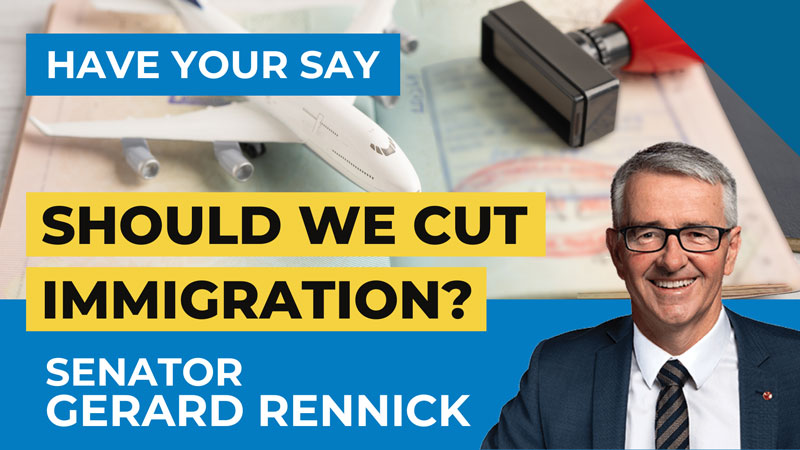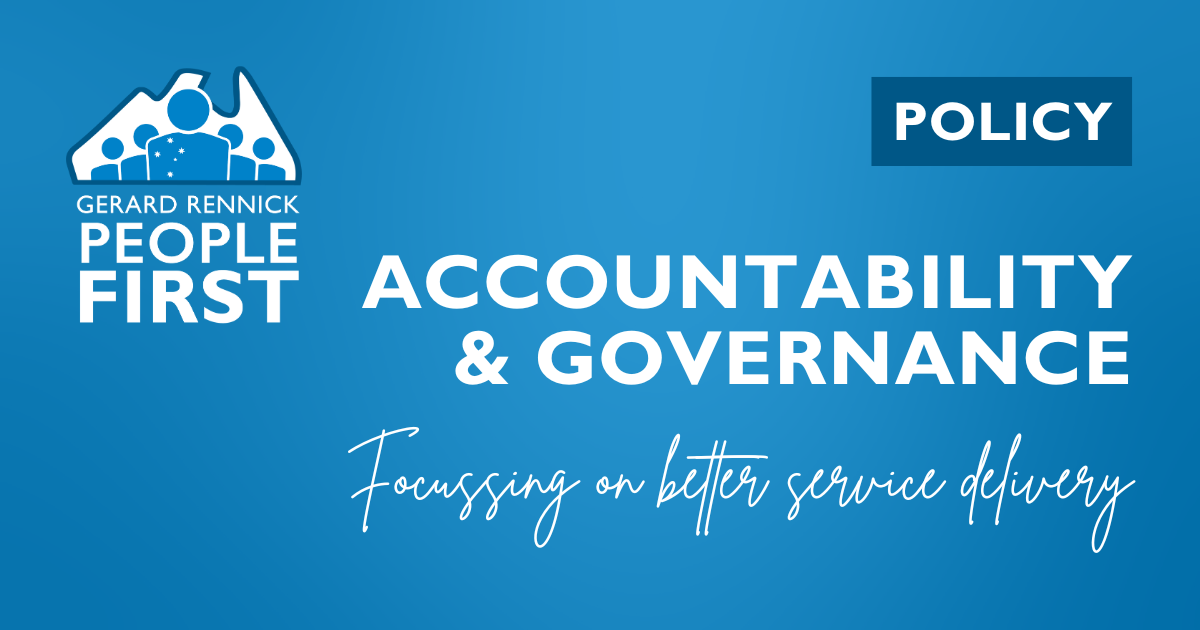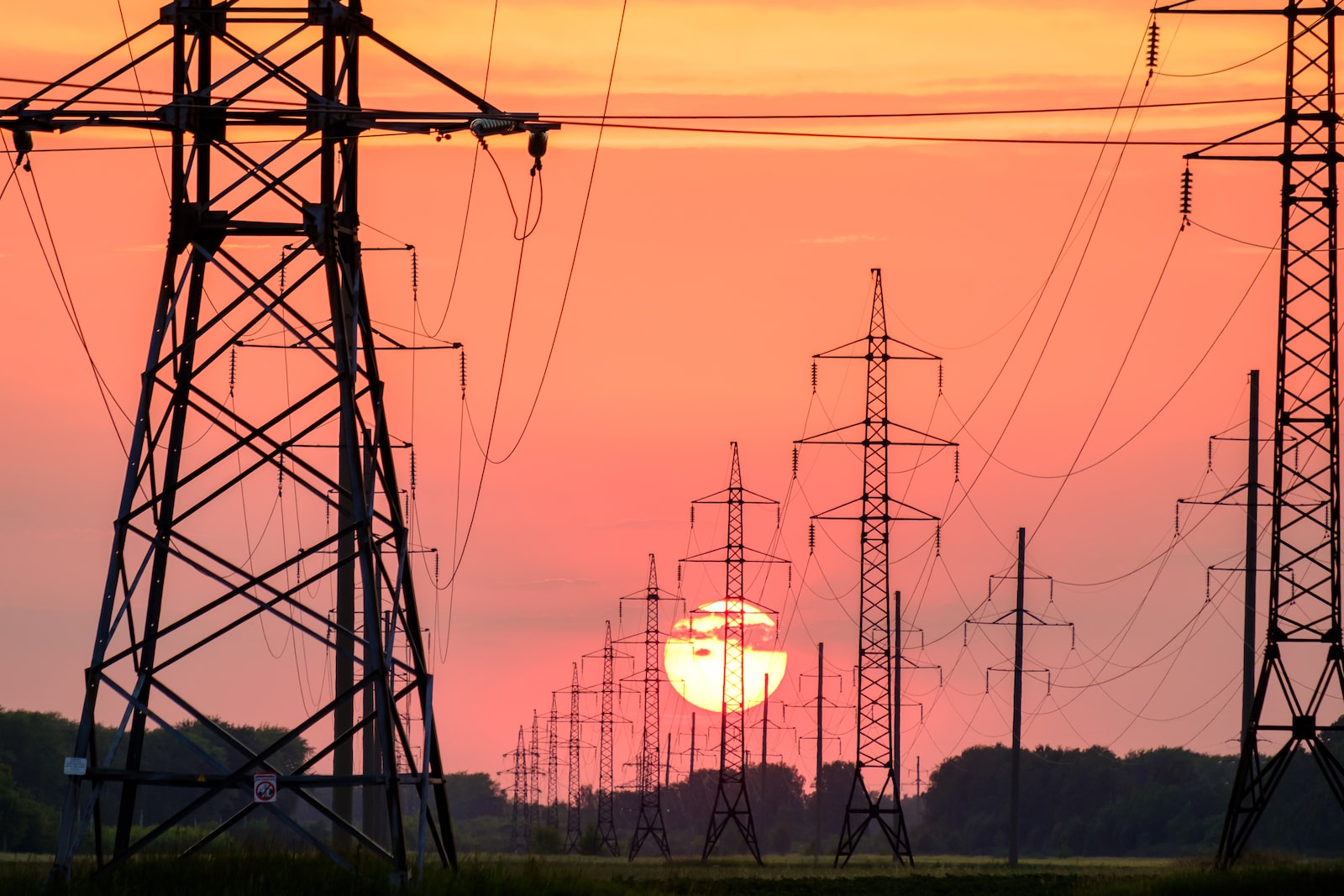The deception and rorts never end.
Bureaucrat: So the Commonwealth and NSW Government have agreements with AEMO services limited for the provision of um effectively revenue underwriting support:
Senator: How much is the Federal Government underwriting that scheme.
Bureaucrat: In volume terms, the Federal Government is underwriting 32 Gigawatts of renewable and storage.
Senator: What’s the cost of that in dollar terms?
Bureaucrat: So the cost isn’t disclosed in the budget papers.
•••••••••••••••••••••••••••••••••••••••
Can you believe this?
It turns out the government is actually underwriting renewable energy providers for their losses.
This means everything we’ve been told about them being cheaper is a lie.
What’s worse is, is that the government won’t tell us how much taxpayers are stumping up to fund these companies.
That’s why I am asking for your vote at the upcoming Federal Election as I am the only politician who can expose the lies of the two major parties.
People First intends to abolish all subsidies for renewables.
The rorts have to end, Vote 1 People First for more money back into your pockets.
https://www.dcceew.gov.au/energy/renewable/capacity-investment-scheme
https://peoplefirstparty.au/policies/energy/
Environment and Communications Legislation Committee
04/11/2024
Estimates
CLIMATE CHANGE, ENERGY, THE ENVIRONMENT AND WATER PORTFOLIO
Department of Climate Change, Energy, the Environment and Water
CHAIR: Senator Rennick.
Senator RENNICK: My question is about contracts for difference. In particular, I would like to know how much the federal government intends to subsidise these contracts for difference through AEMO.
Mr Duggan: Can I clarify? Your question is specifically about the Capacity Investment Scheme?
Senator RENNICK: Yes. It’s the contracts for difference, the long-term energy service agreements basically, LTESAs, the innovative contracts.
Mr Duggan: Both the Commonwealth and New South Wales have agreements with AEMO Services Limited for the provision of effectively revenue underwriting support. The Commonwealth instrument is the Capacity Investment Scheme. You referred to the LTESAs. That’s a New South Wales run scheme that’s also administered by AEMO Services. I am very happy to answer questions about—
Senator RENNICK: How much is the federal government underwriting that scheme?
Mr Duggan: In volume terms, the federal government has committed to underwriting 32 gigawatts worth of renewable and generating storage capacity.
Senator RENNICK: So 32 gigawatts?
Mr Duggan: That’s correct.
Senator RENNICK: What’s the cost of that in dollar terms?
Mr Duggan: The cost isn’t disclosed in the budget papers for the reason that, having disclosed the total volume, disclosing the cost would then give you a sense of what the average price would be per gigawatt. Effectively, that would prejudice the competitiveness of the negotiations were we to publish a figure. Effectively, as I said, what we need to see is highly competitive auctions with the private sector going through the price discovery process and bidding in at the lowest possible price.
Senator RENNICK: Isn’t this taxpayers’ money that you’re using to underwrite renewables?
Mr Duggan: It sits as a contingent liability on the Commonwealth’s balance sheet. If wholesale electricity prices fall to a level below what an individual proponent had put forward through their tender arrangement as the strike price that they are bidding at in order to receive revenue underwriting support, then there would be an implication for the Commonwealth government in terms of payments that would need to be made under those contracts. At the point where the contracts are set, as I said, it’s a contingent liability; it’s a balance sheet.
Senator RENNICK: Why should the taxpayer have to underwrite the private sector for renewables, given that we’re constantly told by the government that renewables are cheaper? Why does the federal government—maybe you can answer this, Minister—have to have the taxpayer underwrite privately owned energy providers?
Senator Ayres: I might let Mr Duggan answer on the detail about what the mobilising principles are under the CIS and the way that the incentives are structured to deliver the fastest possible rollout of the lowest cost—
Senator RENNICK: Why would renewables need incentives given they’re already cheaper? I’d call it a subsidy, wouldn’t you?
Senator Ayres: I’m going to take the approach for these estimates where you’ll ask questions which you’re entitled to ask and I’ll answer them and you won’t interrupt me.
Senator RENNICK: This is Senate estimates for senators to ask questions and for ministers to answer them.
Senator Ayres: There you go again. As I indicated, the principle here is to achieve the highest possible volume of the lowest cost form of electricity. I would have to say that the last two years of demonstrated improvement in new generation capacity coming into the grid does contrast with the previous government’s ‘hands off the wheel’ approach. We are determined to do what is required to maximise the utilisation of low-cost generation. Mr Duggan can talk to you about the details of how the scheme works and how the contracts for difference provide that incentive.
Senator RENNICK: I understand how it works. I wanted to know the cost, so let’s go to that issue. Why do you think the Australian taxpayer shouldn’t be made aware of the risk in terms of their dollars as to how much they’re going to underwrite this generation capacity?
Senator Ayres: I think the taxpayers are aware.
Senator RENNICK: They’re not aware because we’ve just heard that they’re not being told.
Senator Ayres: As I said, if you want to shout over the top of me, that’s fine. However, you won’t get answers to your questions.
Senator RENNICK: I’m not getting answers now. I just asked a question.
CHAIR: Senator Rennick, ask your questions and then please allow the minister to answer them. It is up to the minister how he chooses to answer the question. You can continue to question him if you would like further information.
Senator RENNICK: Thank you, Chair.
Senator Ayres: Four gigawatts out, one gigawatt in—that was the result of a decade of people sitting on their hands in terms of energy policy. This government has—and I think we’ve traversed some of this detail this morning; I’m not sure whether you were listening or not, and Mr Duggan’s in a position to go through the detail—a significant amount of new capability coming in. That requires government leadership. It requires government action. It is anticipated that the cost that is attached between now and 2050 of achieving the government’s targets will largely be met by the private sector, but I’ll let Mr Duggan deal with the detail.
Senator RENNICK: No, that’s fine. I’ll leave it at that.






























